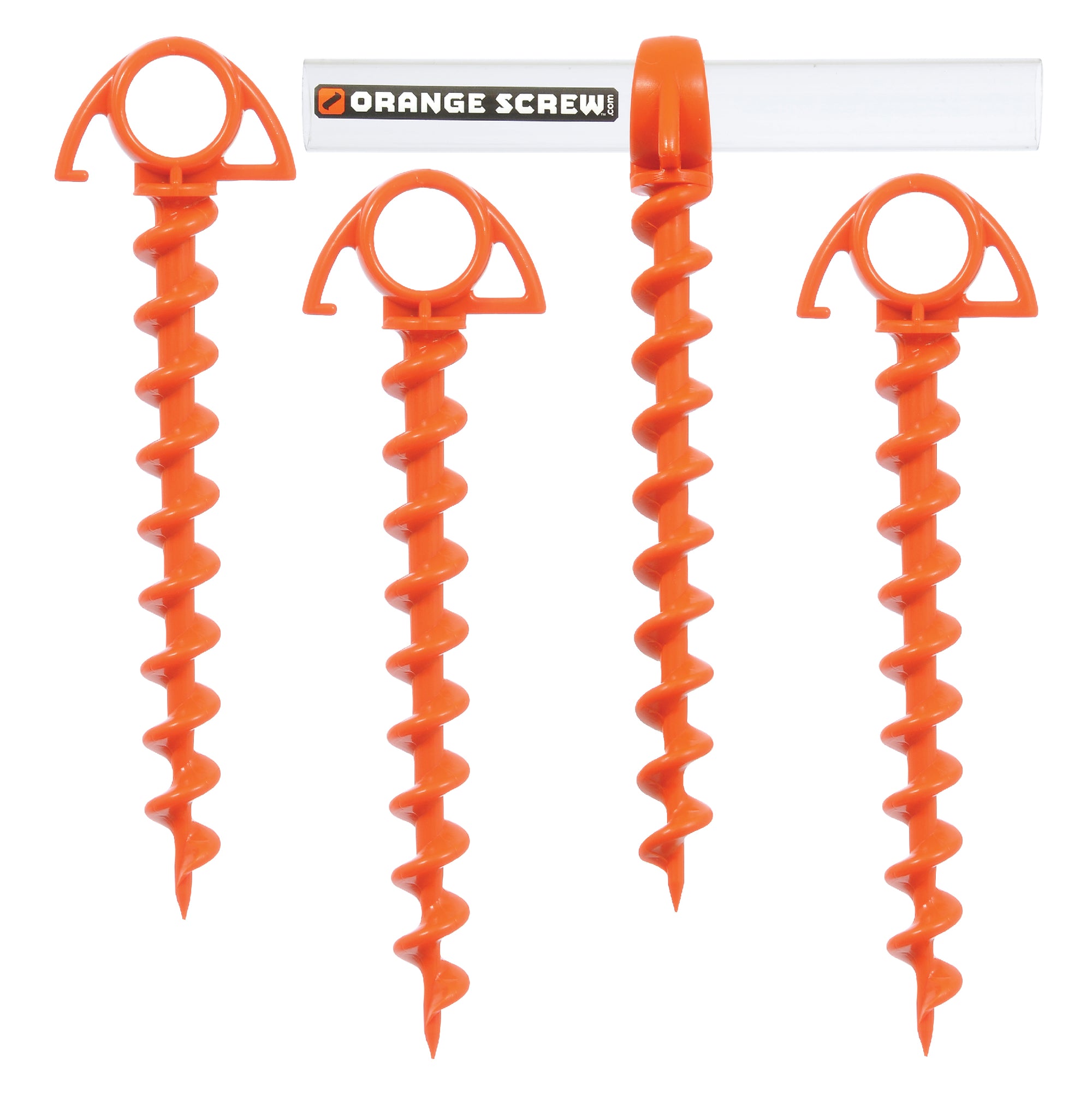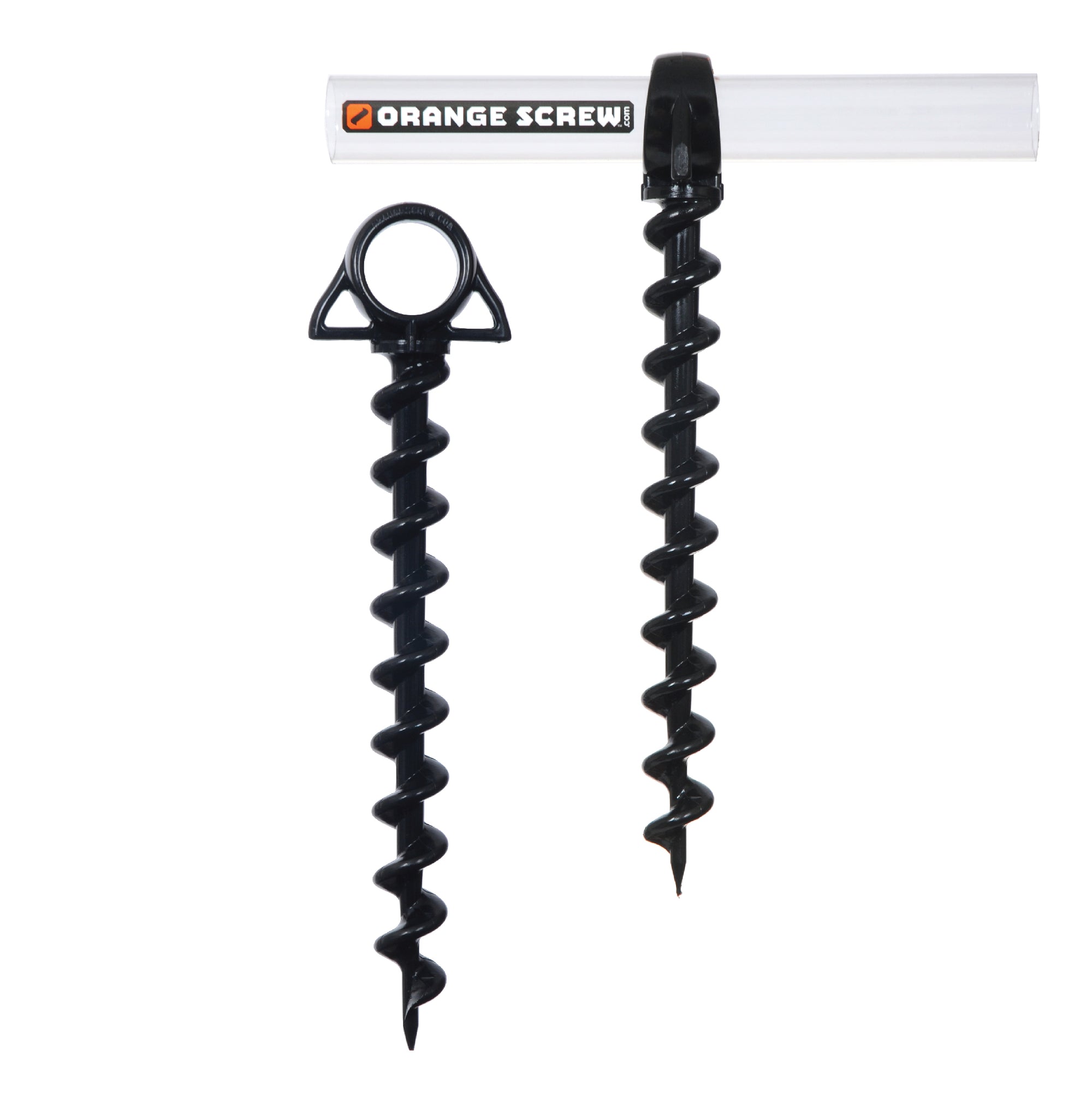Why You Should Use a High-Quality Ground Anchor for Maximum Protection
Why You Should Use a High-Quality Ground Anchor for Maximum Protection
Blog Article
Discover the Different Sorts Of Ground Anchor for Your Following Task
From auger supports, which excel in varied dirt conditions, to risk supports developed for temporary setups, the choices are many. In addition, concrete and screw anchors existing one-of-a-kind benefits in certain situations, while deadman supports are tailored for applications requiring resistance to side pressures.

Auger Anchors
Auger supports are a popular selection in different building and construction and landscaping projects due to their one-of-a-kind style and effective securing abilities. These anchors include a helical screw-like shaft that is driven into the ground, enabling a protected and stable hold. The spiral design facilitates very easy installment and makes the most of resistance against lateral forces, making auger anchors particularly reliable in applications such as fence, momentary frameworks, and disintegration control.
The setup process of auger supports is reasonably uncomplicated. Auger anchors can be easily gotten rid of and reused, which adds to their cost-effectiveness and sustainability.
Among the considerable advantages of auger supports is their ability to disperse tons evenly across the bordering soil, minimizing the risk of dirt disturbance and decreasing ecological influence. Furthermore, they are less at risk to loosening or heaving gradually contrasted to standard anchoring methods. Auger anchors are a superb choice for projects needing reliable and sturdy anchoring options.

Risk Anchors
When it concerns securing structures in a range of exterior applications, risk supports provide a uncomplicated and reputable solution. These supports are normally built from long lasting products such as steel or aluminum, designed to stand up to ecological anxieties while giving optimal stability. Their simple style enables for fast setup, making them a suitable option for short-term or permanent anchoring requirements.
Risk anchors are especially helpful in securing outdoors tents, canopies, and other lightweight frameworks versus wind and climate. They operate by being driven into the ground at an angle, creating a solid hold that withstands pull-out forces - Ground Anchor. The effectiveness of stake supports depends on a number of elements, including dirt kind, moisture material, and the angle of setup
For included protection, several stake supports come with attachment factors for straps or ropes, permitting for tension changes as necessary. In applications such as landscape design or building and construction, they can effectively maintain tools or structures on irregular terrain. Overall, stake anchors provide a cost-efficient and flexible solution for protecting different outdoor installations, making them a favored selection for service providers and do it yourself lovers alike.
Concrete Anchors
Concrete supports give a durable remedy for securing frameworks to concrete surfaces, making certain stability and security in numerous applications. These anchors are important for tasks varying from residential constructions to large-scale industrial installments. They can be found in different kinds, including expansion supports, glue anchors, and undercut supports, each developed for particular load needs and environmental conditions.
When installed,Growth supports count on mechanical devices to hold the concrete. They are suitable for tool to sturdy applications. Adhesive anchors use high-strength epoxy or resin to bond the support to the concrete, using exceptional load-bearing abilities, particularly in split concrete scenarios. Undercut go right here supports develop an unique shape within the concrete, giving phenomenal holding power, specifically in applications where tensile tons prevail.
Selecting the appropriate concrete anchor entails thinking about elements such as the weight of the lots, the problem of the concrete, and ecological conditions. Appropriate setup methods are crucial to try this web-site ensure optimal performance and integrity. When performed correctly, concrete anchors dramatically improve the structural stability of various projects, making them crucial in modern-day building techniques. Comprehending the specific requirements of your task will aid in picking the appropriate type of concrete support for the task.
Screw Anchors

Screw anchors are a flexible securing remedy that can be efficiently utilized in a selection of applications where conventional concrete anchors may not be sufficient. These anchors include a helical design that enables them to be quickly driven into the ground, making them optimal for usage in soil and other substrates. Their distinct structure provides excellent holding power and resistance to pull-out forces, making them suitable for many jobs, from landscaping to structural assistance.
Among the primary advantages of screw anchors is their convenience of setup. They call for minimal tools and can typically be installed without the requirement for excavation, which saves both time and labor prices. Furthermore, screw anchors can be eliminated and reused, offering a sustainable solution for short-term applications.
Screw supports are specifically beneficial in locations where dirt conditions are testing, such as sandy or loose soils. Their capability to be set up at differing depths permits personalization based on certain task needs. Generally, screw supports supply a effective and dependable securing method, making them an excellent option for designers and contractors looking for effective remedies for their projects.
Deadman Anchors
Deadman supports act as a robust solution for stabilizing frameworks in difficult conditions, particularly where standard securing approaches may fail. These anchors include large, hefty things buried underground, which develop resistance versus lateral forces. The layout normally includes a horizontal element, such as a block of concrete or a metal plate, hidden in the dirt, to which wires or straps are attached.
The performance of deadman anchors exists in their ability to distribute tons over a larger area, lowering the risk of failing in unstable soil conditions. They are specifically useful in applications such as keeping wall surfaces, short-lived frameworks, and incline stablizing, where soil activity can jeopardize the stability of the structure.
Installment of deadman anchors needs careful preparation to guarantee they are placed at the appropriate depth and positioning, maximizing their load-bearing ability. While they may need more labor and material than lightweight anchors, their reliability in negative conditions makes them very useful for long-term great site jobs. Deadman supports are flexible and can be adapted to numerous applications, making them a go-to choice for engineers encountering distinct difficulties in their projects.
Verdict
In recap, choosing the ideal type of ground support is essential for making sure security and security in numerous projects. Auger anchors master diverse dirt conditions, while stake supports fit temporary applications. For concrete surfaces, development and glue supports provide dependable choices, and screw anchors offer versatility in difficult terrains. Deadman anchors are especially effective in standing up to lateral forces for maintaining walls. Careful consideration of these options will certainly enhance job outcomes and structural honesty.
Furthermore, concrete and screw supports present special advantages in specific situations, while deadman supports are customized for applications needing resistance to side forces - Ground Anchor.Auger supports are a popular option in various building and construction and landscaping projects due to their unique design and effective anchoring capabilities. They come in various types, including growth anchors, adhesive anchors, and undercut supports, each developed for specific tons needs and ecological problems
Sticky anchors utilize high-strength epoxy or material to bond the anchor to the concrete, offering exceptional load-bearing capabilities, especially in cracked concrete circumstances. Generally, screw anchors supply a effective and reliable securing approach, making them a superb option for designers and specialists seeking efficient remedies for their projects.
Report this page